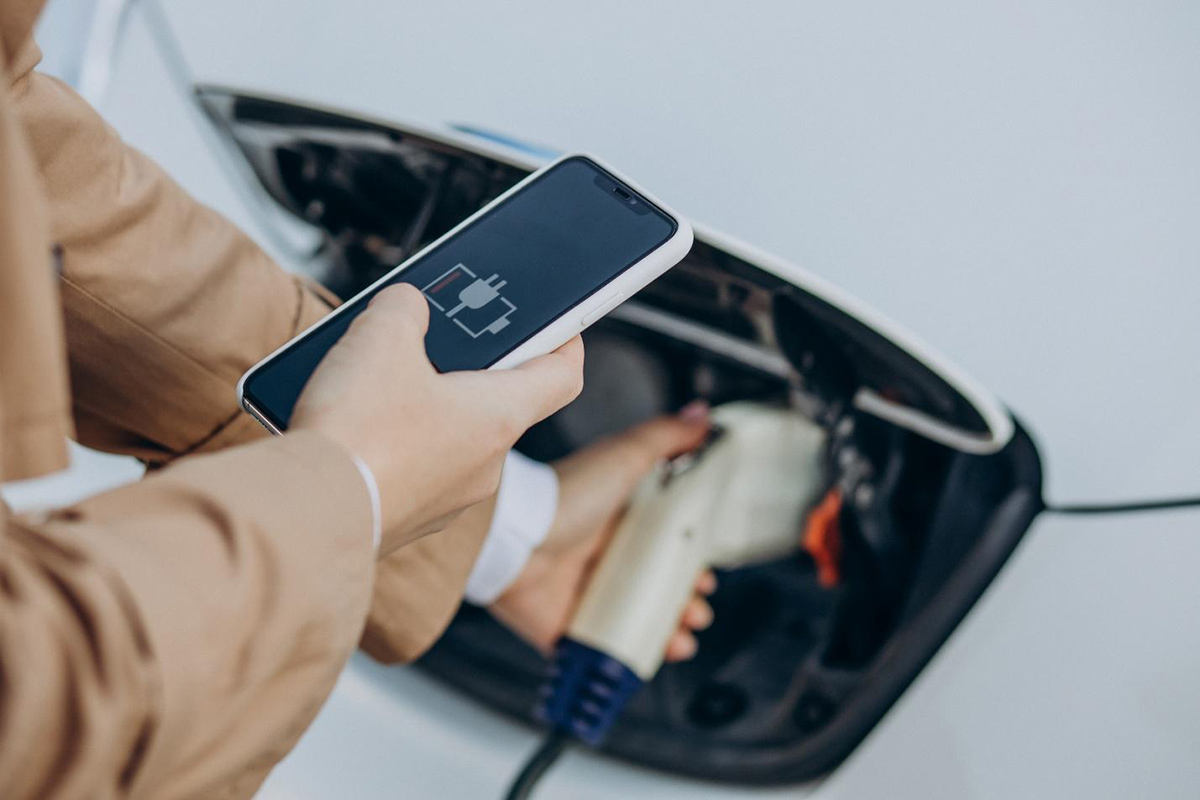Summary
Electric vehicles are the future of transportation. Business owners must embrace the changing times by ensuring they are well-placed to attract the growing EV-driving population. One way is to install electric vehicle charging stations on their premises. Installing EV chargers on-site makes them appealing to EV drivers, enhances brand reputations, improves revenue, and can increase the value of their property.
Table of Contents
Introduction: Embracing the Electric Vehicle Revolution
The world is shifting towards electric vehicles, and it is essential to be prepared. Over the last decade, EVs have progressed from a niche market to the forefront of the automobile industry. This transition is driven by government initiatives to reduce carbon emissions and protect the environment.
However, as the world prepares for a future increasingly powered by renewable energy, one of the major barriers to widespread adoption is a lack of dependable and efficient commercial electric vehicle charging infrastructure. While home charging is convenient for many, public charging stations are essential for long-distance travel and solving range anxiety.
This article examines how businesses can use the electric vehicle revolution to improve their profit margins, build a strong customer base, and gain a competitive advantage in the market.
Let’s begin.
Benefits of Installing Electric Car Chargers for Businesses

1. Increased Foot Traffic and Revenue
Installing commercial EV charging stations on your business premises will attract new customers, such as EV drivers looking for a place to charge their vehicles. If these customers are satisfied with the service, they will become repeat customers, helping to enhance the brand and generate more income.
Additionally, charging an electric vehicle takes a lot of time (30-40 minutes on average with a DCFC). EV drivers in your area may use this time to browse and spend more money on your other services.
2. Future-Proofing Your Business
Installing electric car chargers provides you an advantage over competitors in the sector. Being the first to adopt this new technology grants you a first-mover advantage, making your brand synonymous with EV charging and allowing you to gain an early market share. Installing public EV chargers also helps you establish yourself as an environmentally responsible company, appealing to customers and staff with similar concerns.
3. Tax Incentives and Financial Benefits
If the cost of EV charging exceeds your budget, federal tax breaks are available to help lower the initial cost of installation and make the project more affordable.
Businesses that install EV charging stations or equipment on their premises are eligible for tax credits up to 30% of the total cost of equipment and installation, capped at $100,000 per charger. Some states also provide incentives to encourage EV adoption. When planning the installation, you should ask your contractor about available incentives.
Types of Commercial EV Charging Stations
1. Level 2 Charging Stations
Most commercial EV charging installations use Level 2 chargers. They are equipped to provide faster charging times using 240-volt or 208-volt electrical service. Due to their higher voltage and power output, Level 2 charging stations require professional installation. This charger can recharge an electric vehicle in 4-6 hours, making it excellent for offices, retail parking lots, and hotels.
2. Direct Current (DC) Fast Charging Stations
DC fast chargers represent the pinnacle of EV charging technology, providing high-speed charging in the lowest amount of time. They use a 480-volt socket and can charge a battery to 80% capacity in 30-40 minutes. However, this increased charging capability is more expensive and requires access to a large amount of electrical power.
These charging stations are best suited for high-traffic commercial settings, such as highways, restaurants, coffee shops, and anywhere drivers might stop for a quick recharge, meal, or rest.
How to Install Electric Car Chargers for Your Business

1. Steps to Get Started
The first steps towards a new EV station are often expensive. Each site has unique qualities and challenges that may affect electric vehicle charging station installation. Generally, prepping a commercial EV charging station site involves:
- Site assessment
- Electric infrastructure upgrade to handle the increased load and energy demand
- Wire conduits and connectors
- Parking and charging lots
- Choosing chargers that suit your needs.
2. Partnering with Certified Installers
Following initial site preparation and assessment, the next step is to employ certified EV charger installation specialists. Consider contractors and technicians with extensive expertise in installing business EV charging stations. In addition, request proof of previous work and certifications, as well as information on warranties and post-installation assistance.
3. Ensuring Compliance and Safety
Compliance and safety are the two most essential words in EV charger installation. Electric vehicle chargers are complicated equipment, so the slightest issue during installation can have catastrophic and expensive effects. To prevent legal and regulatory sanctions, you should ensure that you have building permits and the necessary permissions to install commercial EV charging stations on your premises.
Costs and Considerations for EV Charging Stations
1. Initial Investment Costs
The initial cost of building EV charging stations varies according to the charger’s type and capacity. A level 2 charger can cost between $500 and $12,500, not including installation. More complex charging methods, such as DC Fast Chargers, can cost over $20,000. Installation costs are also determined by factors such as your location’s electrical capacity, infrastructure modifications, and the intricacy of the installation.
2. Maintenance and Operational Expenses
Businesses should budget for routine maintenance, including regular checks, software updates, and potential repairs, to ensure EV chargers run smoothly and reliably.
3. Return on Investment (ROI)
Businesses that install commercial EV chargers are eligible for federal and state government incentives, subsidies, and tax rebates. These incentives can drastically reduce the initial cost, making the investment more reasonable. You should contact your installation partner for further information on potential incentives and how to apply. The incentives can alleviate some of the financial load and make the installation more feasible.
Conclusion: Is Your Business Ready for the EV Future?
Electric vehicles are the future of transportation, but they will lose popularity without efficient and reliable charging facilities. Businesses that install electric vehicle charging stations will see increased foot traffic and revenue, resulting in a more diverse client base and a competitive advantage in the market. To evaluate whether your company is prepared for the future of EVs, contact Tercero Inc. specialists for help positioning your company as a top EV charging location for drivers.
FAQs
Public EV charging stations can increase foot traffic and revenue, improve customer appeal, and enhance brand reputation.
Installing an EV charger involves conducting a site assessment, upgrading your electrical system, choosing the correct charger for your needs, and getting the necessary permits to begin installation.
Applying for government incentives, such as grants, rebates, and tax credits, can reduce the cost of installing EV chargers in your business.
Installation time varies depending on the complexity of the installation but typically takes 1-2 weeks. Extensive site work can significantly increase the duration of the project.
Yes, installing public EV chargers is expensive. However, you can reduce the cost by applying for government incentives.

